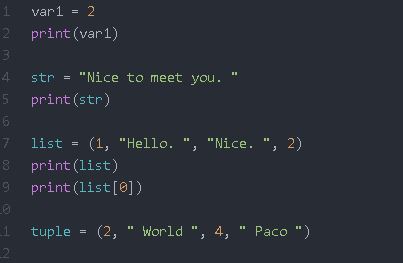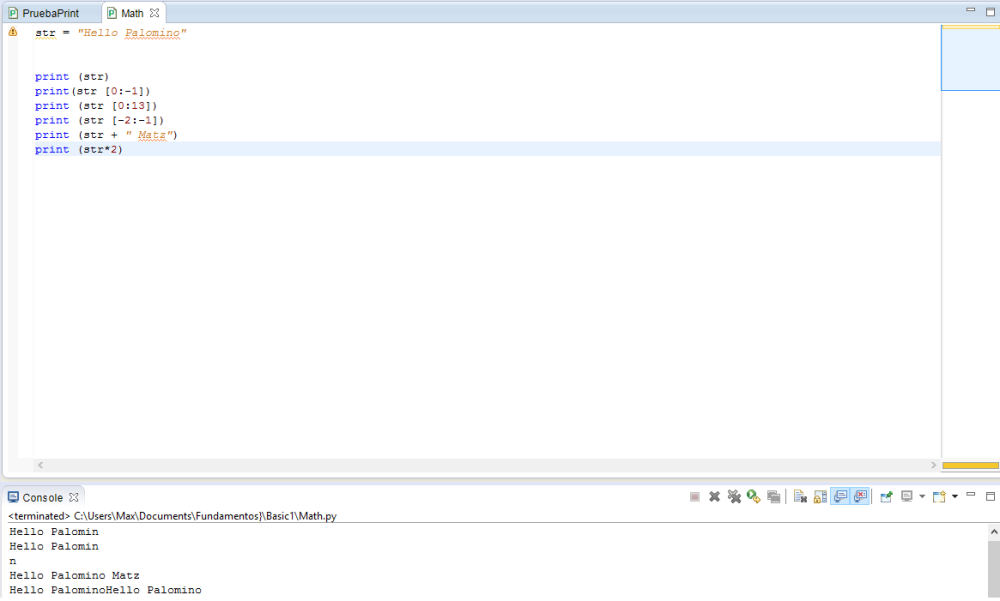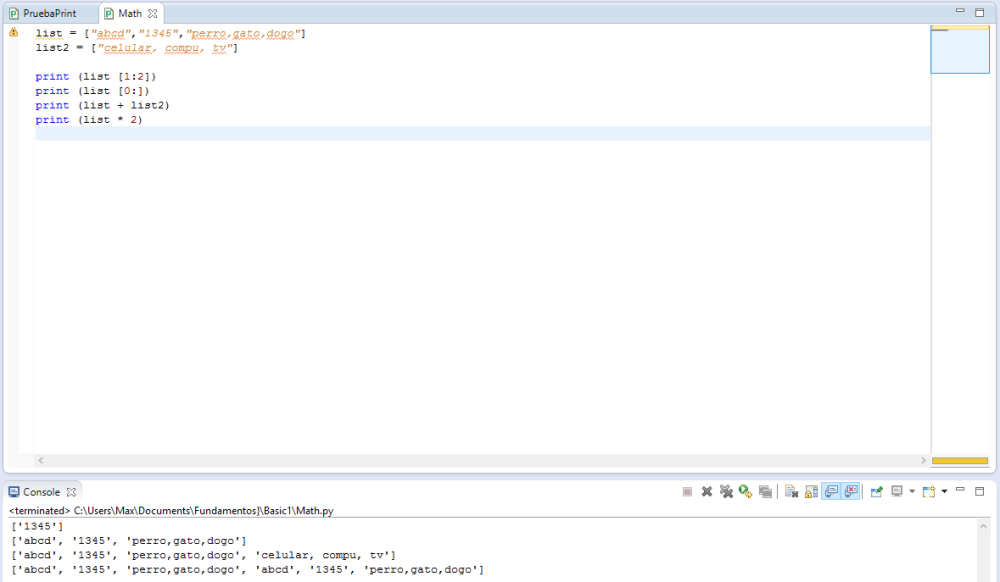--Originally published at Hackerman's house
In this post we’ll se the basic types that exist in python. In python exists something called variables that are just reserved memory locations that store values, there are many types of data that can be stored.
Numbers: These can be in different forms such as integers (1), flood (1.1), and complex (1j)
Strings: These are basically words.
Lists: A list that can be made of both strings and numbers.
Tuple: Lists that cannot be modified.
Dictionary: This can be a list or a single value, these come in pairs, just like a definition and a word in real dictionary.

One thing to note is that this are used to store data that then will be used with other functions that are part of python. Such as mathematic operations or just print the data.
Check this page that really helped me understand this topic.
https://www.tutorialspoint.com//python3/python_variable_types.htm




